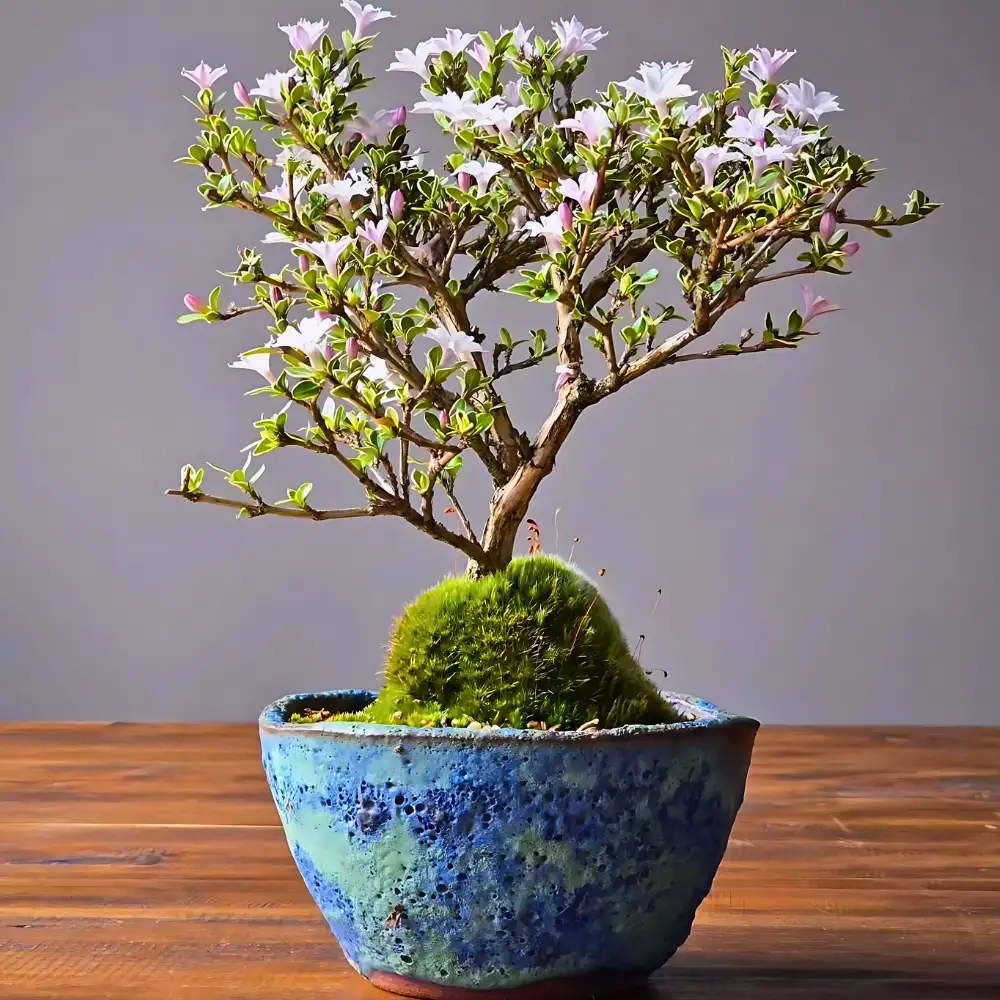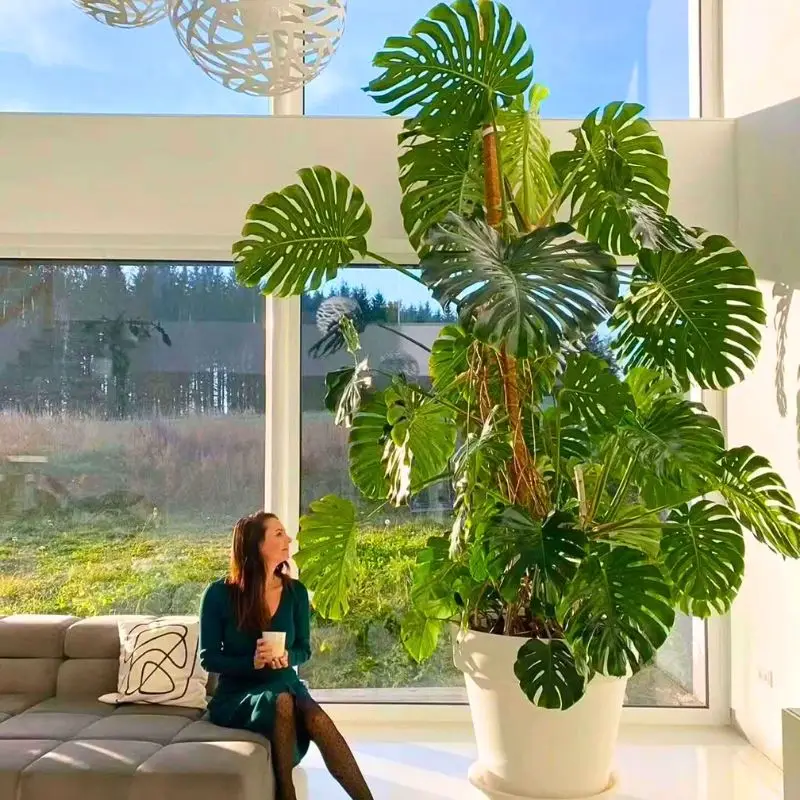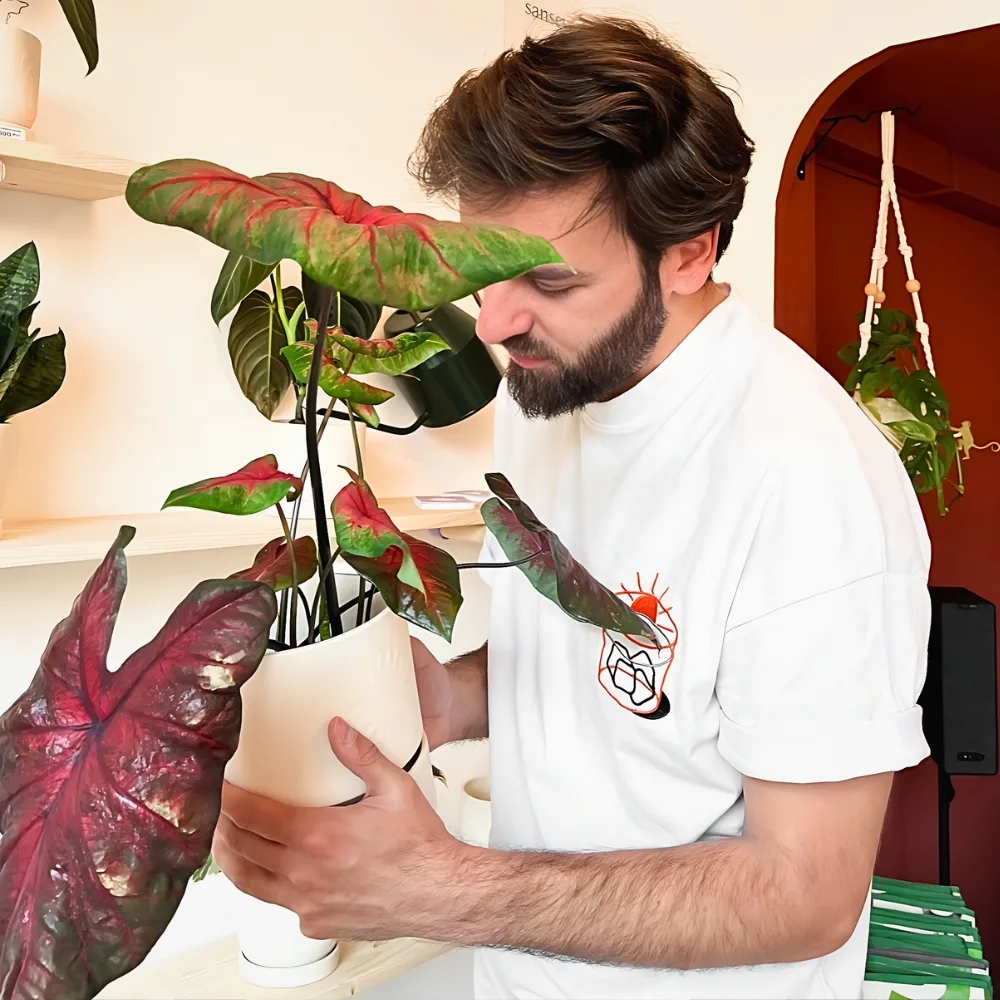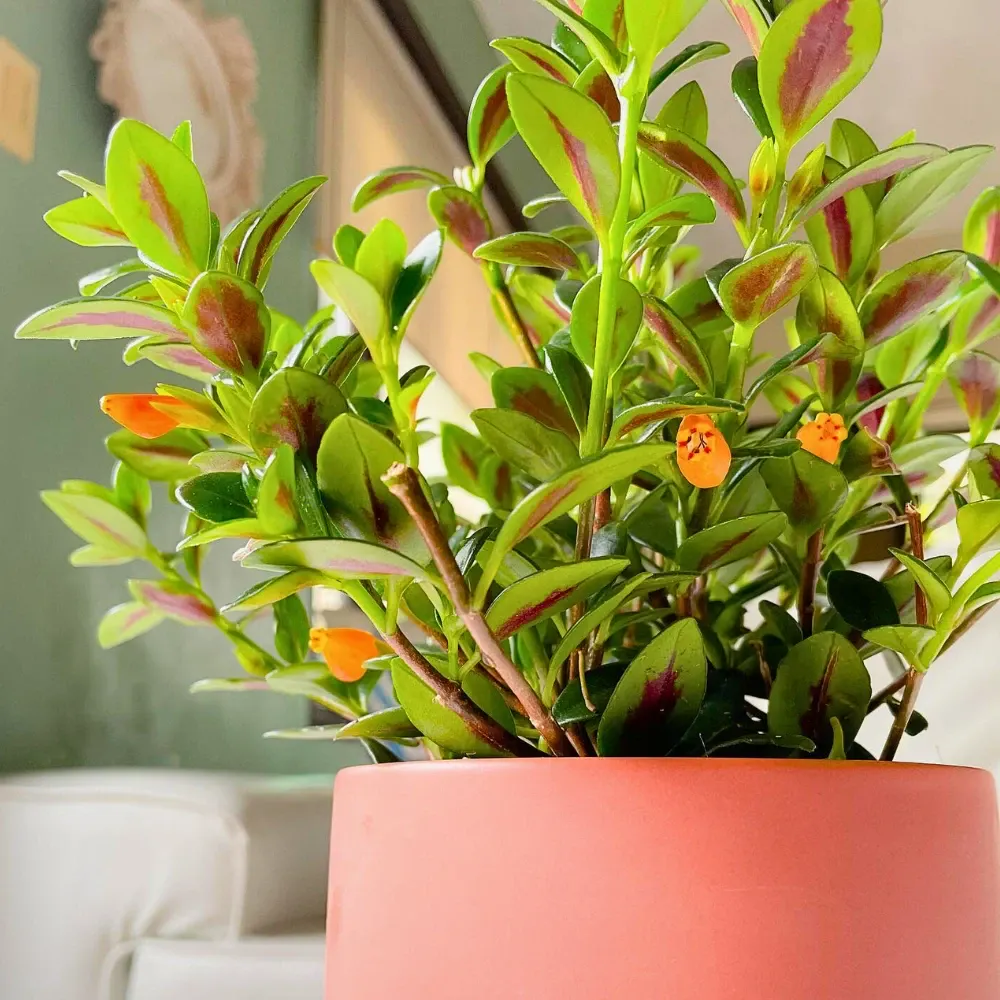You're keen on giving your plants the best care possible and making the most out of your waste, and what better way to achieve this than composting at home? Just imagine, turning waste into nutrient-rich soil that fuels plant growth. Of course, you also have to understand how to take care of those lovely plants around your home. If you're ready, let's dive in!
Home Composting Essentials
Composting at home is easier than you might think. It's all about providing the right conditions for microorganisms to thrive and break down organic material. Think of it as creating a perfect home for billions of tiny, helpful creatures.
Essentially, they need four elements - carbon for energy, nitrogen for protein production, oxygen for aerobic bacteria, and water in the right amount. Carbon-rich materials are often brown and dried, such as leaves, straw or paper, while nitrogenous materials are moist and green like vegetable scraps or coffee grounds.
The size of the compost pile matters too. The pile should ideally be at least a cubic yard in size. This provides enough mass for the composting organisms to heat up the pile yet small enough that it doesn't prevent air from reaching the microbes at the center.
The compost heap needs turning as well. This action helps add air into the pile which assists aerobic bacteria in breaking down organic matter faster by producing more heat.
Lastly, always remember as composter-extraordinaire, your role is primarily managing these conditions. With a bit of practice and some patience, you'd be rewarded with rich dark compost: an excellent natural soil amendment.

Choosing Your Compost Materials
Practically all organic waste can go into your compost heap. At the end of the day, they'd all break down into humus-like matter which plants love. However, for best results, balance the carbon-to-nitrogen ratio.
Coffee grounds, eggshells, fruits, and vegetable scraps are lovely additions to the pile. They decompose quickly and provide plenty of nitrogen. Grass clippings are acceptable as well but avoid adding diseased plants or weeds that have gone to seed – they might not fully decompose before you want to use your compost.
In terms of carbon materials, woody materials like twigs or wood chips might take some time but leaves, paper (preferably shredded), and straw decompose much faster.
You want to ensure a balance in moisture content too. You don't want your pile too wet (which would make it smelly), or too dry (which would slow down the decay process). A good rule of thumb is to aim for the feel of a wrung-out sponge - moist but not dripping wet.
Avoid pet waste and meat or dairy products as they attract pests. Also, remember to chop or shred larger pieces for quicker decomposition.
Maintaining Your Compost Pile
To keep your compost pile healthy, maintenance is key. This involves watering, turning the pile occasionally, and checking its temperature from time to time.
The moisture content should be just right – like that of a wrung-out sponge. Too much water will drown the aerobic bacteria while too little will inhibit their activities.
Turning helps aerate hard-to-decompose materials and prevent offensive odors. Microbes need oxygen to do their work, and turning the compost pile is an efficient way to maintain a steady airflow.
A good compost pile should heat up within the range of 130-160° F. It's imperative to monitor these temperatures time after time to ensure that the bacteria are working optimally. Too high temperatures will kill off the bacteria while too low ones will slow down the decomposition process.
Finally, passing your finished compost through a sieve may help to separate larger not-yet decomposed pieces from the finer, ready-to-use compost.
These maintenance practices may require some effort but master it, and you'll be making 'gardening gold' in little or no time at all.
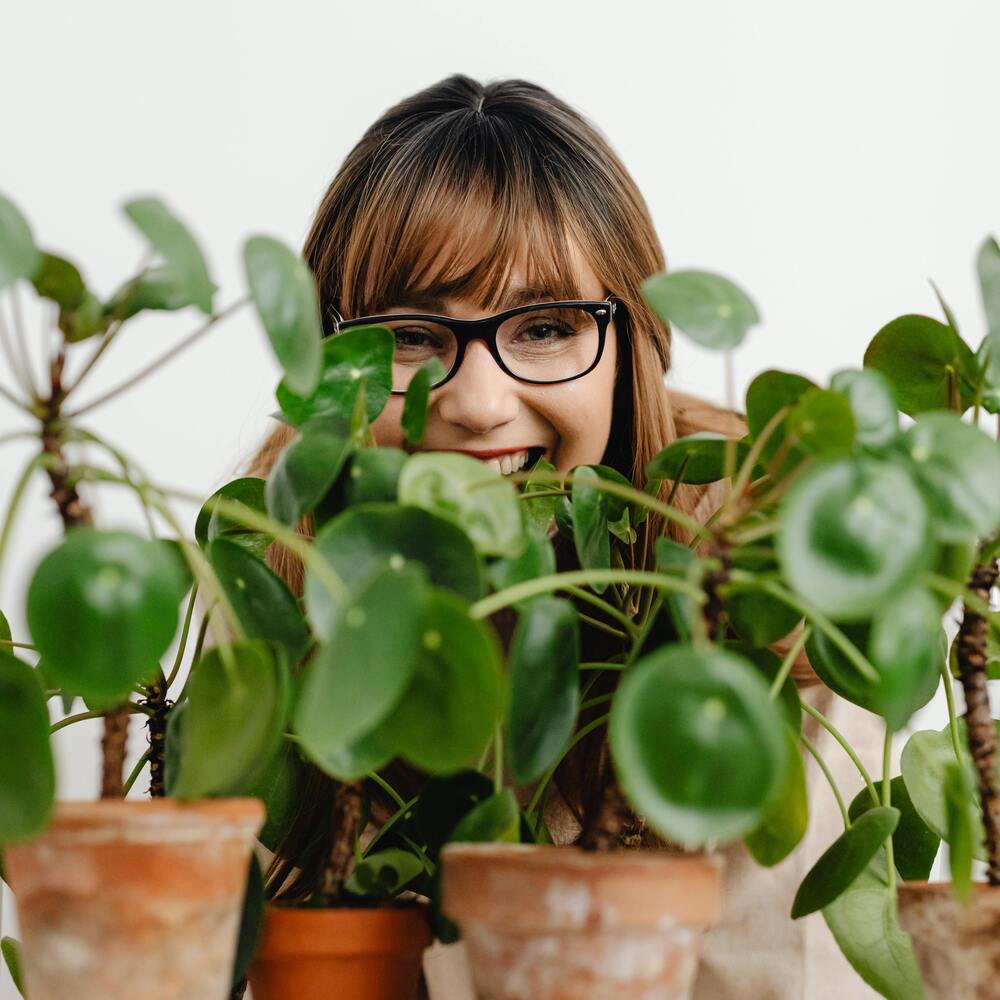
Benefits of Home Composting
Taking action to compost your household waste comes with numerous benefits. Apart from saving money on fertilizers and soil conditioners, it enables one to recycle organic wastes that would otherwise end up in landfills — causing environmental problems.
Compost improves soil structure by binding together soil particles into porous crumbs or aggregates which enable air and water to move freely through it. This greatly benefits plant roots as they require both oxygen and water.
Compost also releases nutrients slowly over time which plants can't access right away but will soak up as they mature. Also, because they contain stable organic matter (humus), they have the capacity to hold on to these nutrients until plants are ready to absorb them - unlike synthetic fertilizers which leach away quickly.
Properly prepared compost is often filled with beneficial organisms such as worms, insects, and microbes that aid plant health. They often ward off diseases by outcompeting disease-causing organisms.
So why wouldn't you want to feed your plants with this elixir of life? It's inexpensive to make and your plants will love you for it!
Essential Indoor Plant Care Tips
Indoor plants require a different set of care guidelines compared to their outdoor counterparts. Purely indoor plants often belong to tropical and subtropical species, which naturally thrive in warmer and humid conditions.
Firstly, adequate light is vital for your indoor green friends. Understanding the light preference of each plant species is crucial. Some need plenty of bright light whereas others can do well with indirect or lower light.
Perfect watering techniques are another important aspect of indoor plant care. Overwatering is one common reason indoor plants die as it may cause root rot. A good rule of thumb is to only water when the top soil feels dry to the touch. Different species require different watering regimes so ensure you understand each plant's water needs.
A comfortable humidity level is also essential. Since most indoor plants are tropical, they appreciate higher levels of humidity. Regularly misting leaves with water or using a humidifier can help create a beneficial environment.
Finally, keep your plants clean. Dust on leaves can block sunlight and reduce the plant's ability to photosynthesize efficiently. Simply wiping their leaves gently with a damp cloth can make a big difference.
Fertilizing With Compost
Gardeners refer to compost as "black gold" due to its rich nutritional value and its ability to improve soil structure. Despite being a great soil amendment, it has a moderate nutrient content compared to synthetic fertilizers.
To use compost as a fertilizer, spread it around the base of plants or mix it into the top few inches of your soil in early springtime while preparing beds for planting. You can also add small amounts during planting or when transferring potted plants into bigger pots.
In addition, making compost tea – an infusion of compost in water - is another method to fertilize your plants. To create compost tea, simply mix compost with water and let it steep for a few days. You can then strain it and use the liquid to water your plants, providing them with a nutrient boost.
Keep in mind that compost itself cannot provide all the nutrients needed for high-yield crops, therefore depending on your plant needs you may want to consider organic or synthetic fertilizers for an extra boost.
However, it's worth noting that nothing beats the benefit of amending your soil with compost as it gives an overall improvement to the soil ecosystem.

Troubleshooting Common Plant Problems
As a home gardener, you're bound to face a couple of plant problems that stem from improper care, pests, or diseases. Being able to identify and solve these issues is crucial for promoting healthy plant growth.
Drooping leaves can indicate both overwatering and underwatering. If leaves turn yellow and wilts despite regular watering, you might be overdoing it while if they appear curled and droopy with brown edges, your plant is thirsty.
If you notice small holes or nibbled edges on leaves, it's a clear sign of insect pests like caterpillars or beetles. Using a homemade or commercial organic pesticide regularly can help manage this problem.
Brown or black spots on your plant could mean fungal diseases. Isolate the affected plant immediately to avoid spreading the disease to other plants. Treating the infected plant with fungicide could save its life.
Note that prevention is always better than cure – adopting ideal watering practices, regular fertilization, and periodic pest inspection would reduce the chances of these problems arising.
Pest Management in Plants
Pest management should form an integral part of your plant care routine especially if you're doing indoor gardening where pests can spread quickly.
The first line of defense is always prevention. Keeping a clean growing environment, removing dead material, and regular inspection for pests helps to keep the majority of problems away.
If you already have pests, manual removal like squishing them or removing heavily infected leaves or plants can sometimes be enough for small infestations.
A step up from that would be using spray-on treatments – both homemade (like soapy water or neem oil mixes) and store-bought ones. When applying, ensure you spray under leaves and stems, where some pests tend to hide.
For large infestations or serious pests, systemic pesticide might be required which is taken up into the plant's system and kills any pest feeding on it. This should however be used as last resource due to potential environmental effects.
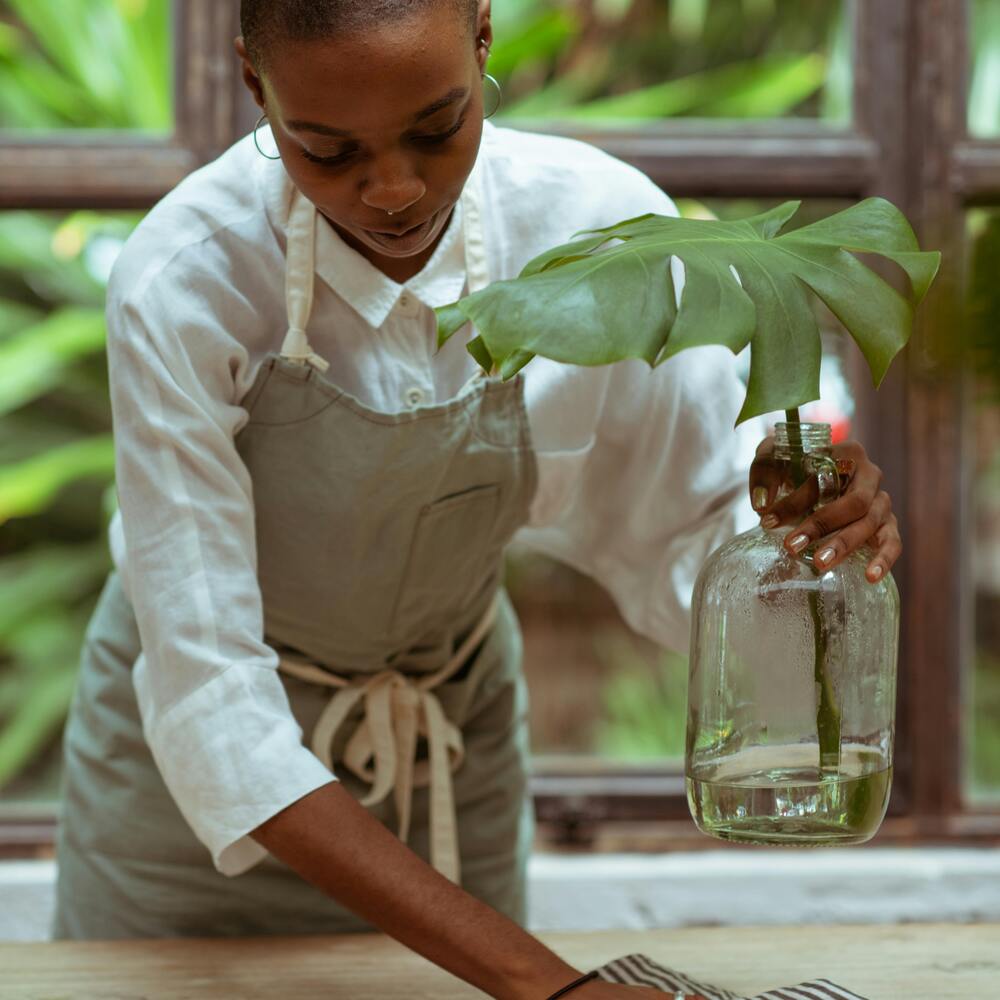
Seasonal Plant Care Advice
Just as humans adjust their routines with changing seasons, plants too have varying needs across different seasons.
In spring when most plants start active growth after winter dormancy, they will benefit most from fertilizing. It's also the best time for repotting plants as they have a whole growing season ahead to recover from the shock.
Summer requires attention on watering—plants tend to need more but the high heat also means a risk of overwatering and root rot so make sure the plant actually needs water before you pour.
Fall is the time to prepare your plants for winter: stop fertilizing and reduce watering, prune dead leaves and if required move your outdoor potted plants indoors before first frost hits.
Winter care mostly depends on the specific species and its tolerance towards cold temperatures. Generally, indoor tropical plants enjoy room temperature while many outdoor plants go dormant but might still need some level of care.
Remember, a healthy plant in the right conditions has higher disease resistance and can better cope with seasonal changes.
Flourishing Farewell
Congratulations! You've now taken another step closer to becoming a seasoned home gardener and composter. Arm yourself with these tips, continually learn and experiment, and you'll indeed create a flourishing ecosystem. Your plants will thank you for this, and so will the environment. Remember, gardening is not just a hobby, it's a life-long relationship with nature. Cherish and enjoy it!


